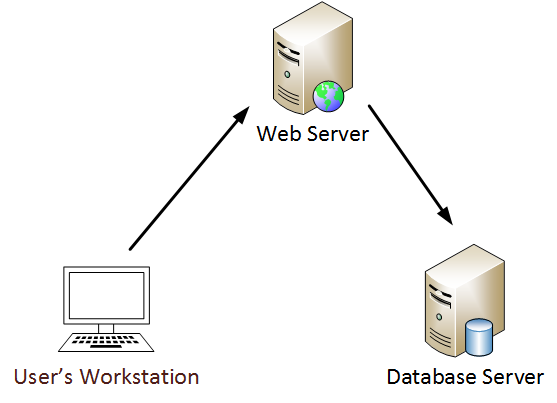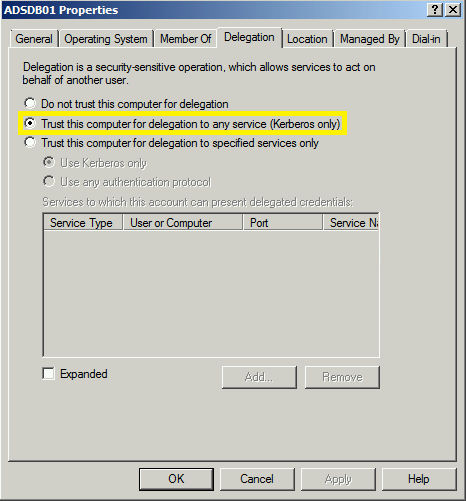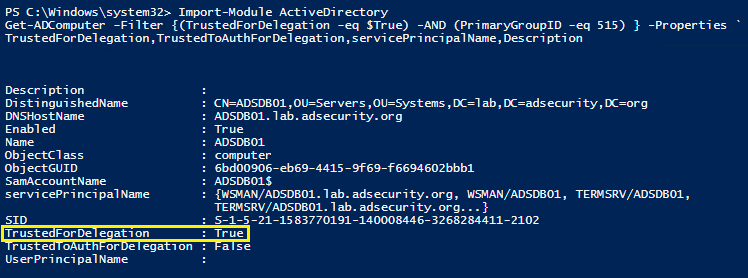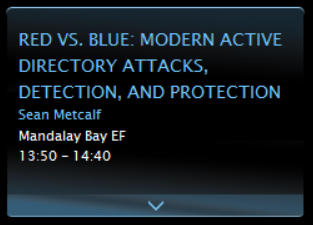The Issue
The real problem with local accounts on a computer in an enterprise environment is that the term “local” is a misnomer. If 50 computers on a network have the local administrator account of “Administrator” and a password of “P@55w0rd1!”, first of all that’s a HORRIBLE password. Second of all and more to the point, if one of those computers is compromised, they will all be compromised. Windows is very helpful. So helpful that if you pass the local admin credentials to another computer with the same local credentials, access is granted as if you logged on with the target system credentials. Dump administrator credentials on one to get admin on all! The best way to mitigate this issue is to ensure every computer has a different local administrator account password that is long, complex, and random and that changes on a regular basis.
The earlier attempt to provide a method for regularly changing the local administrator password from Microsoft was less than ideal (see Group Policy Preferences password storage security issue). You should also never, ever use a script that includes a clear-text password to change the local admin password since these scripts tend to be placed in easily accessible locations like SYSVOL (to leverage Group Policy).
Even if you deploy LAPS or some other local Administrator account password management solution, it’s still recommended to install KB2871997 (if required) and configure a Group Policy to block local accounts from authenticating across the network. KB2871997 adds two new local SIDs including LOCAL_ACCOUNT_AND_MEMBER_OF_ADMINISTRATORS_GROUP (S-1-5-114) for any local account that is a member of the administrators group. Configuring this SID in a Group Policy with the settings “Deny access to this computer from the network” and “Deny log on through Remote Desktop Services” prevents local accounts from connecting over the network (for workstations, test carefully before deploying to servers).
I also posted about “Microsoft LAPS Security & Active Directory LAPS Configuration Recon” in August 2016 which covers some of the more interesting LAPS security scenarios.





Recent Comments